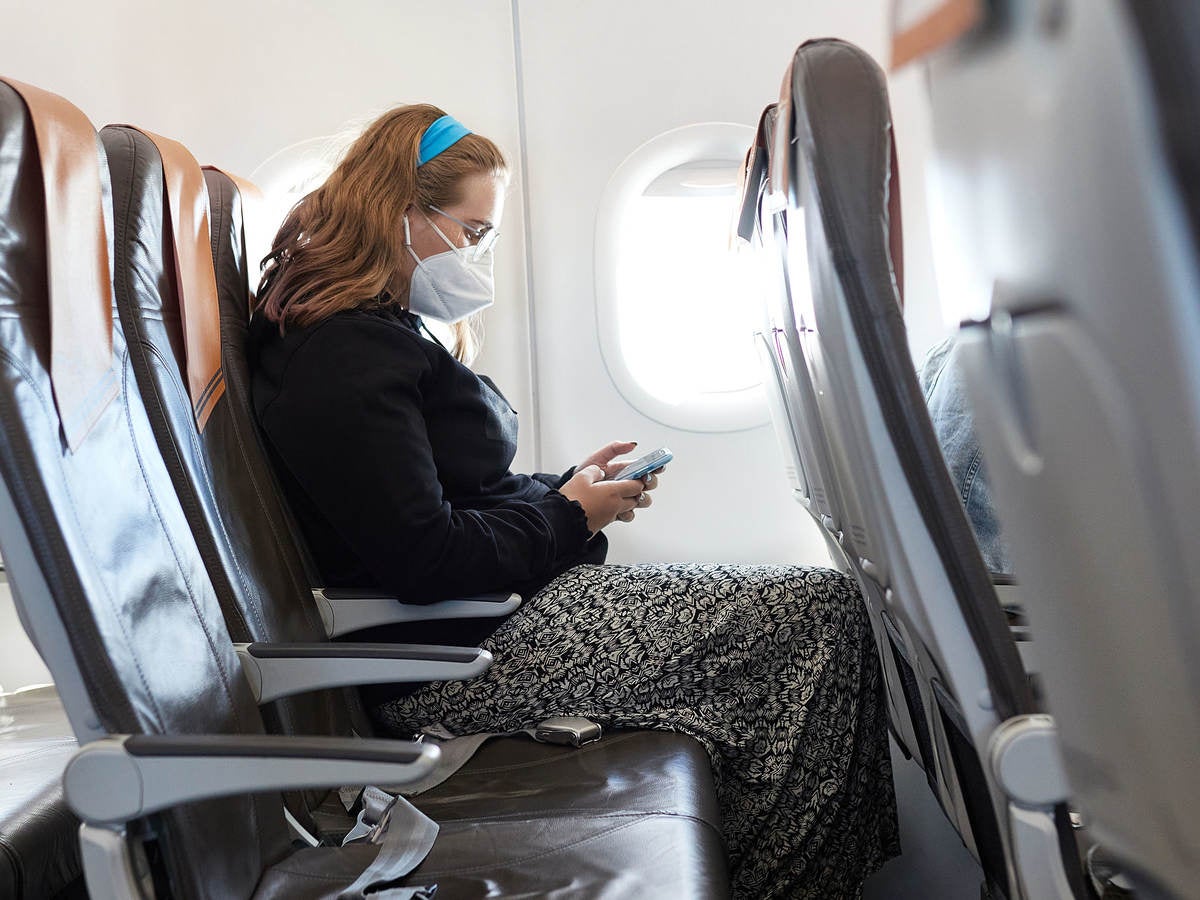February 25, 2021
Lithium-ion batteries have become the default power source for most electronic smart devices from cellphones to laptops. These rechargeable batteries have been a boon for device manufacturers and consumers, as they have a high energy potential and maintain their ability to recharge quickly while minimizing the size of the battery.
At the same time, the flammable electrolytes that provides their power can, if damaged or incorrectly charged, lead to a thermal runaway event, or potentially a fire or explosion. A thermal runaway event — when a battery overheats, leading to further energy release and increased temperature — can be disastrous if not immediately contained.
Between 1991 and 2019, the U.S. Federal Aviation Administration (FAA) documented 254 in-air or airport incidents with lithium or lithium-ion batteries, including 56 incidents in 2018, at least 29 through the first six months of 2019 and at least 22 in 2020. Most of these fires were due to e-cigarettes, power banks, cell phones and spare batteries.
On an airplane, a thermal runaway event can turn the flight crew into on-board firefighters at a moment’s notice. With so many passengers stowing phones and smart devices in their carry-on luggage, thermal runaway events are an ever-present risk in terms of life safety, flight diversions, upset passengers and distractions for on-board crew members. Evacuation may not be practical, fire and smoke can be upsetting to passengers and affect pilot visibility, and flight crews may lack the appropriate training and personal protective equipment (PPE) to keep themselves — and everyone else — safe.
Many airlines and their crews use fire containment devices to mitigate the risk of an out-of-control thermal runaway event. Fire containment products hold damaged batteries and devices to mitigate smoke and flames when a thermal runaway event occurs mid-flight. They are intended for a single use, sometimes contain fire suppression agents, and are often accompanied by PPE and fire extinguishers. These devices are widely available for sale to airlines and are now regularly carried by many passenger aircraft, but the marketing claims of these items are self-declared and have not been reviewed, tested, or certified by a third party. No FAA test standards currently exist for these containment products, nor is there a mechanism in place for the approval of these fire containment products.
With the stakes so high, the aviation industry needed to make sure they had reliable products to keep their crews and passengers safe. UL was founded to help create a better world by applying science to solve safety, security and sustainability challenges. In our nonprofit organization, we work with a diverse cross-section of stakeholders to develop standards around emerging technology. Our business solutions organization tests and certifies products. Here, we worked with the aviation industry to develop a new safety Standard for battery fire containment products that would be used to contain lithium-ion battery fires from portable electronic devices and minimize the related effects during flight.
Underwriters Laboratories facilitated development of the Standard by convening a balanced group of expert stakeholders to form a Standards Technical Panel (STP) and employing its accredited standards development process. The STP members worked together to review research and reach consensus on the Standard’s content, which included creation of a repeatable and reproducible standardized test methodology. This work resulted in ANSI/CAN/UL 5800, the Standard for Safety for Battery Fire Containment Products, which independently confirms that fire containment products meet rigorous testing and certification requirements. The evaluation process consists of a three-part test series to confirm eligibility for product certification. This testing process is based on research and data developed by UL in conjunction with stakeholders within the aviation industry and the FAA. The Standard, published in December 2020, helps manufacturers of fire containment products verify the safety and effectiveness of their products. Due to the publishing of this Standard, UL now offers product certification to fire containment product manufacturers who are interested in testing and certifying their products to UL 5800.
Learn more about fire containment testing and certification or learn more about UL 5800.
Fire Containment Bag Testing and Certification
Provide confidence and build trust with testing and certification for aircraft lithium-ion battery fire containment bags.
UL Launches In-Flight Battery Fire Containment Certification Services
Announcing testing and certification services for in-flight battery fire containment products in accordance with ANSI/CAN/UL 5800, the Standard for Safety for Battery Fire Containment Products.
Get in touch
Do you have questions about the newly published Standard, ANSI/CAN/UL 5800, the Standard for Safety for Battery Fire Containment Products? Let's get this conversation started.



